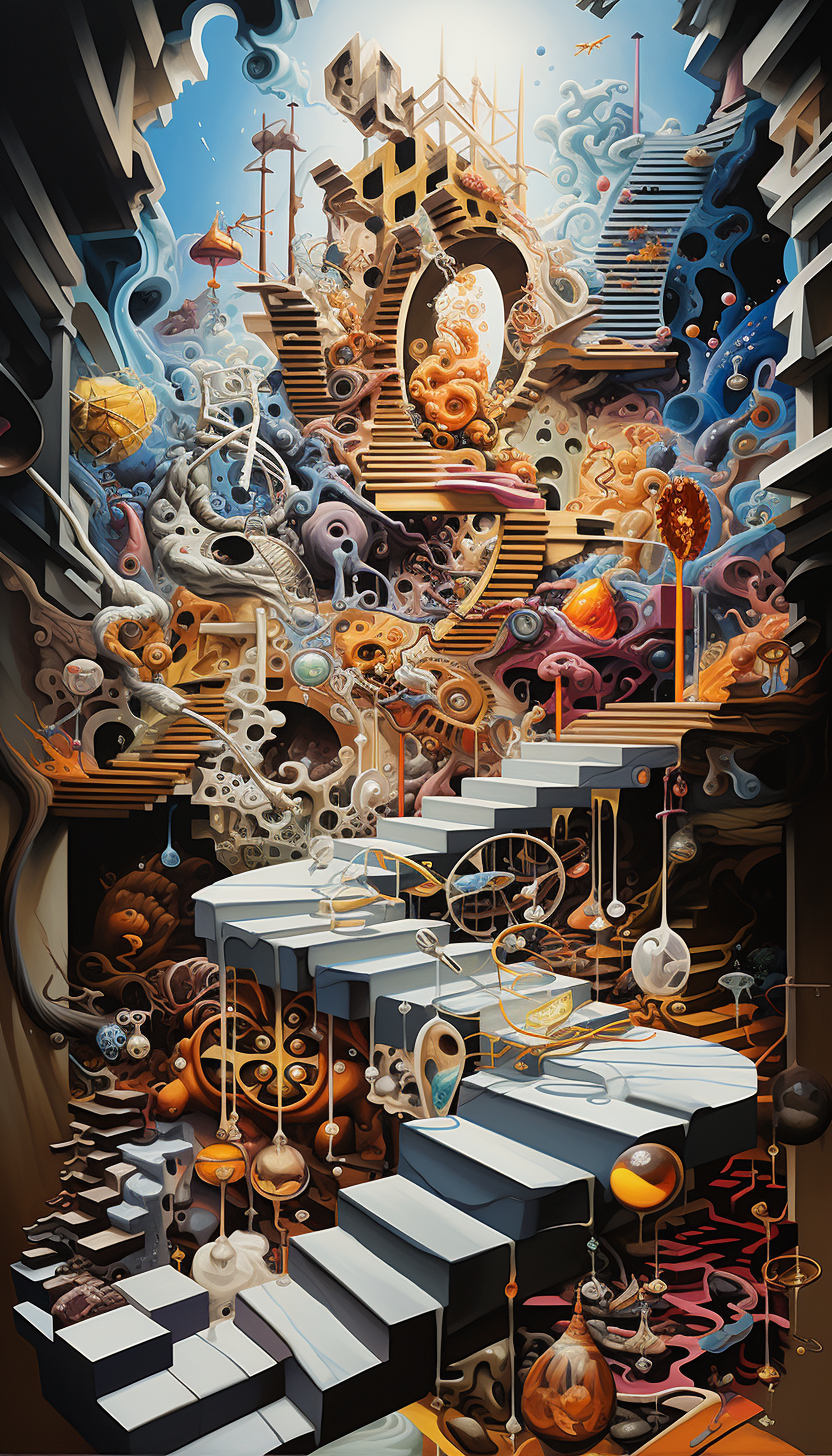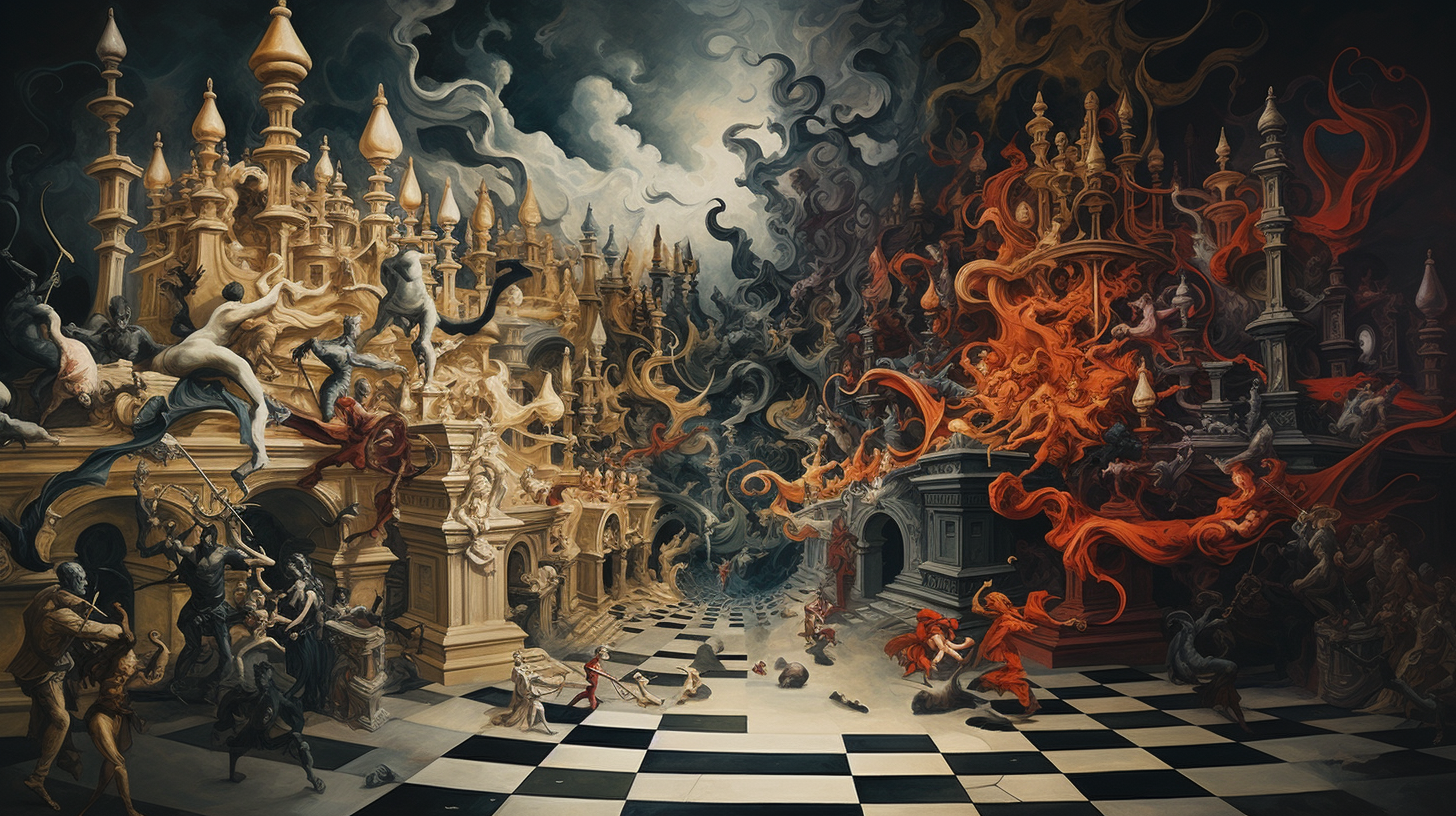Chaos & Order: Unraveling the Intricate Dance of Nature’s Dynamics
Abstract: This scientific article explores the intertwined concepts of chaos and order and their profound influence on natural systems. Chaos theory and the science of complex systems have revolutionized our understanding of unpredictability and regularity in the world. Through a multidisciplinary lens, we examine the underlying mechanisms, applications, and implications of chaos and order in diverse fields, ranging from physics and biology to social sciences and beyond.
Introduction:
The dichotomy of chaos and order has fascinated humanity for centuries. Chaos represents unpredictability and apparent disorder, while order embodies stability and predictability. This article investigates the intricate interplay of these contrasting principles, which has led to significant scientific advancements in understanding complex systems.
Chaos Theory: An Overview:
Chaos theory, pioneered by Edward Lorenz and others, emerged as a distinct field in the late 20th century. It explores deterministic chaos, strange attractors, bifurcations, and the butterfly effect. This section reveals how simple deterministic systems can exhibit chaotic behavior and why long-term predictability remains limited.

Order in Complexity:
In contrast to chaos, order arises in complex systems through self-organization and emergent phenomena. We discuss the emergence of patterns and regularities in systems like cellular automata, crystal formation, and neural networks, highlighting the role of feedback loops in fostering order in chaotic environments.
Chaotic Systems in Nature:
Chaos is not confined to theoretical models; it permeates the natural world. This section presents examples of chaotic systems in nature, such as weather patterns, turbulent flows, and celestial body motions. We explore how chaos shapes the Earth’s climate, ecosystems, and other natural phenomena.

Harnessing Chaos:
Applications in Science and Technology: Surprisingly, chaos can be harnessed for practical purposes. This section explores its applications in cryptography, secure communication, and random number generation. Additionally, we discuss how chaos enhances signal processing, data compression, and control system optimization.
Order in Biological Systems:
Biological systems exemplify order amidst complexity. We investigate self-organization and collective behaviors, ranging from cellular organization to swarming in social insects. We also discuss chaos’s role in biological systems, such as irregular heartbeat patterns.

The Edge of Chaos:
Criticality and Self-Organized Criticality: The boundary between chaos and order, known as the “edge of chaos,” is a state of great interest. We delve into criticality and self-organized criticality, exploring their significance in understanding phase transitions and critical phenomena in complex systems.

Chaos, Order, and Society:
Chaos and order principles extend beyond the natural world; they have implications for human societies. This section examines social systems, including the spread of information, emergence of societal norms, and the interplay between order and disorder in human behavior.

Conclusion:
The study of chaos and order has revolutionized our perception of the universe, revealing the delicate balance between apparent randomness and underlying structure. By embracing this intricate dance, we gain deeper insights into the complexities of nature, society, and science. Understanding chaos and order empowers us to navigate the world with greater appreciation and knowledge.







